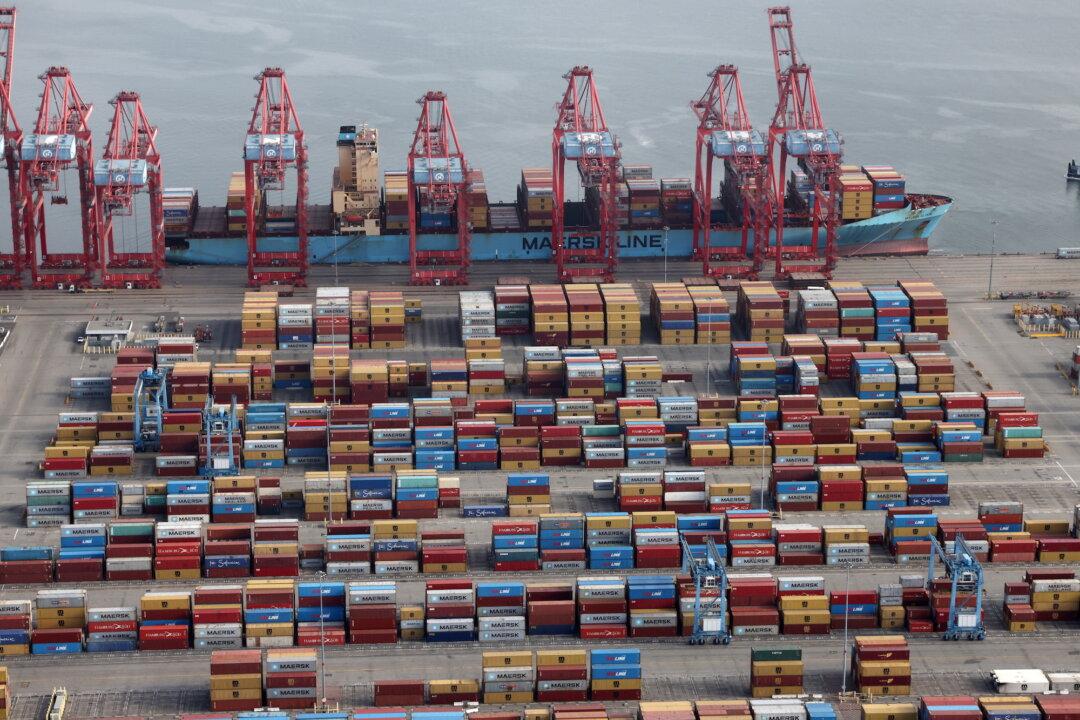A new report from the Federal Reserve shows that U.S. factory production expanded in August, though at a far slower pace than in July, due to disruptions related to Hurricane Ida. Still, total industrial production in August rose above its pre-pandemic level.
After growing by 0.8 percent in July, overall U.S. industrial production expanded by 0.4 percent in August, the Fed said in a Sept. 15 statement (pdf).





